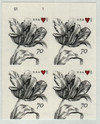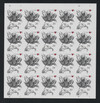
# 4960 - 2015 70c Wedding Series: Engraved Vintage Tulip
U.S. # 4960
2015 70¢ Vintage Tulip
Weddings Series
The tulip was chosen for the 2015 Weddings two-ounce stamp because it is a traditional declaration of devotion. This stamp was issued for use on wedding invitations and greeting cards that require extra postage. A coordinating Vintage Rose Forever stamp was also released for use on wedding RSVP cards and thank you notes.
Often emerging even before the last winter snow has melted, tulips are true messengers of spring. In ancient Turkey and Persia, tulips represented perfect love. Different colors were associated with various depths of love from true romantic feelings to cheerful thoughts of friendship.
Value: 70¢ 2-ounce rate
Issued: February 14, 2015
First Day City: Riverside, CA, at the American Philatelic Society Ameristamp Expo
Type of Stamp: Definitive
Method: Intaglio printing in sheets of 240, with 12 panes of 20
Perforation: Serpentine Die Cut 11
Self-Adhesive:
Quantity Printed: 30,000,000 stamps
Jeanne Greco designed the Vintage Tulip stamp using drawings from engraved plates made by Maria Sibylla Merian (1647-1717), a naturalist artist. Greco added a small, dark red heart for a touch of color. This stamp was printed using engraving, unlike most modern stamps that are lithographed.
The Vintage Tulip and coordinating Vintage Rose (U.S. #4959) stamps are the 2015 addition to the popular Weddings series, which began in 2004. The stamps are issued in pairs with one stamp fulfilling the first-class mail rate and the other the two-ounce rate.
Birth of Maria Sibylla Merian
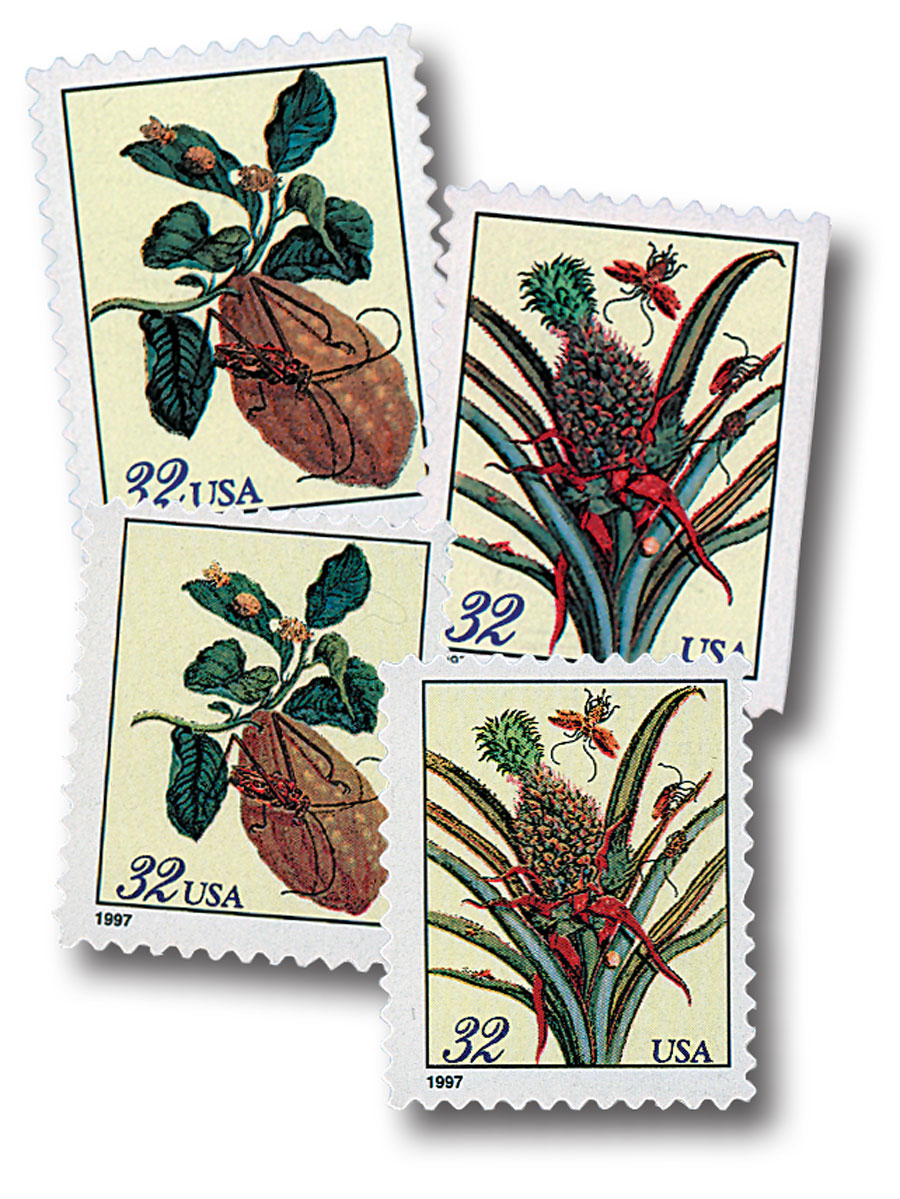
Naturalist and artist Maria Sibylla Merian was born on April 2, 1647, in Frankfurt-am-Main, Germany. Merian spent her life studying insects and plants and capturing them in beautifully detailed paintings and drawings.
Merian’s father was an engraver and publisher, but he died when she was three. Her mother remarried artist Jacob Marrel in 1651 and he encouraged her to paint and draw. When she was 13, Merian did her first painting of plants and insects based on live specimens she collected. She was fascinated by caterpillars and collected all she could find so she could witness how they changed into beautiful butterflies and moths.
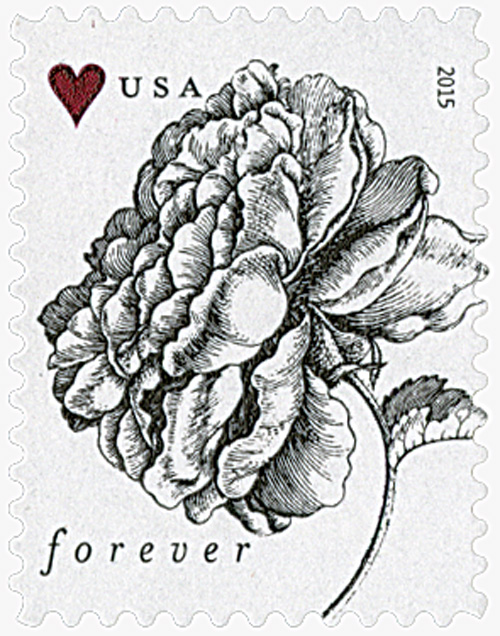
Merian married her stepfather’s apprentice, Johann Andreas Graff, in 1665 and they moved to Nuremberg in 1670. She continued to paint and design embroidery. She also gave drawing lessons to the daughters of wealthy families. This helped raise her social standing while also giving her access to some of the area’s finest gardens, where she could continue to collect and study insects.
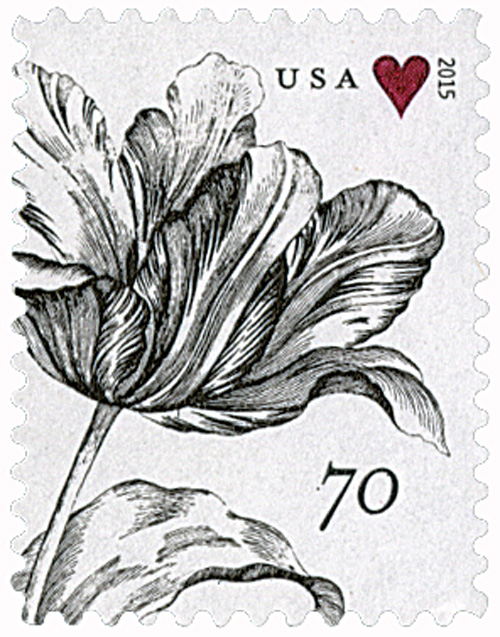
While other female artists included insects in their paintings of flowers, few others bred or studied them like Merian did. She published her first book on insects in 1679, which focused on their metamorphosis. At the time, little was known about this process. Some people wrote about it, but most people believed they were “born of mud” – having been born spontaneously. Merian’s research refuted this and explored the life cycles of 186 different species of insects.
In the 1680s, Merian moved to Friesland, the Netherlands for a time before settling in Amsterdam in 1691. She and her husband divorced in 1692 and she supported herself and her daughters by selling her flower paintings. After selling 255 of her own paintings, she raised enough money to travel to Suriname, where she planned to spend five years studying new species of insects.

Merian arrived in Suriname in September 1899. She travelled around the country, studying and drawing all the local plants and animals she could find. She also made several observations about the life and culture there. Merian condemned the colonial merchants use of slaves. They also mocked her for her course of study, and she thought it odd that they only wanted to plant and export sugar. Merian enjoyed exploring the agriculture there and illustrated some of the fruits and vegetables she found there, including pineapples.

Merian fell ill in June 1701 and had to cut her trip short. She returned to the Netherlands and opened a shop where she sold specimens and her artwork. In 1705, she published a book about her time in Suriname. Marian suffered a stroke in 1715, but continued to work until her death on January 13, 1717. Her daughter published a collection of her work after her death.
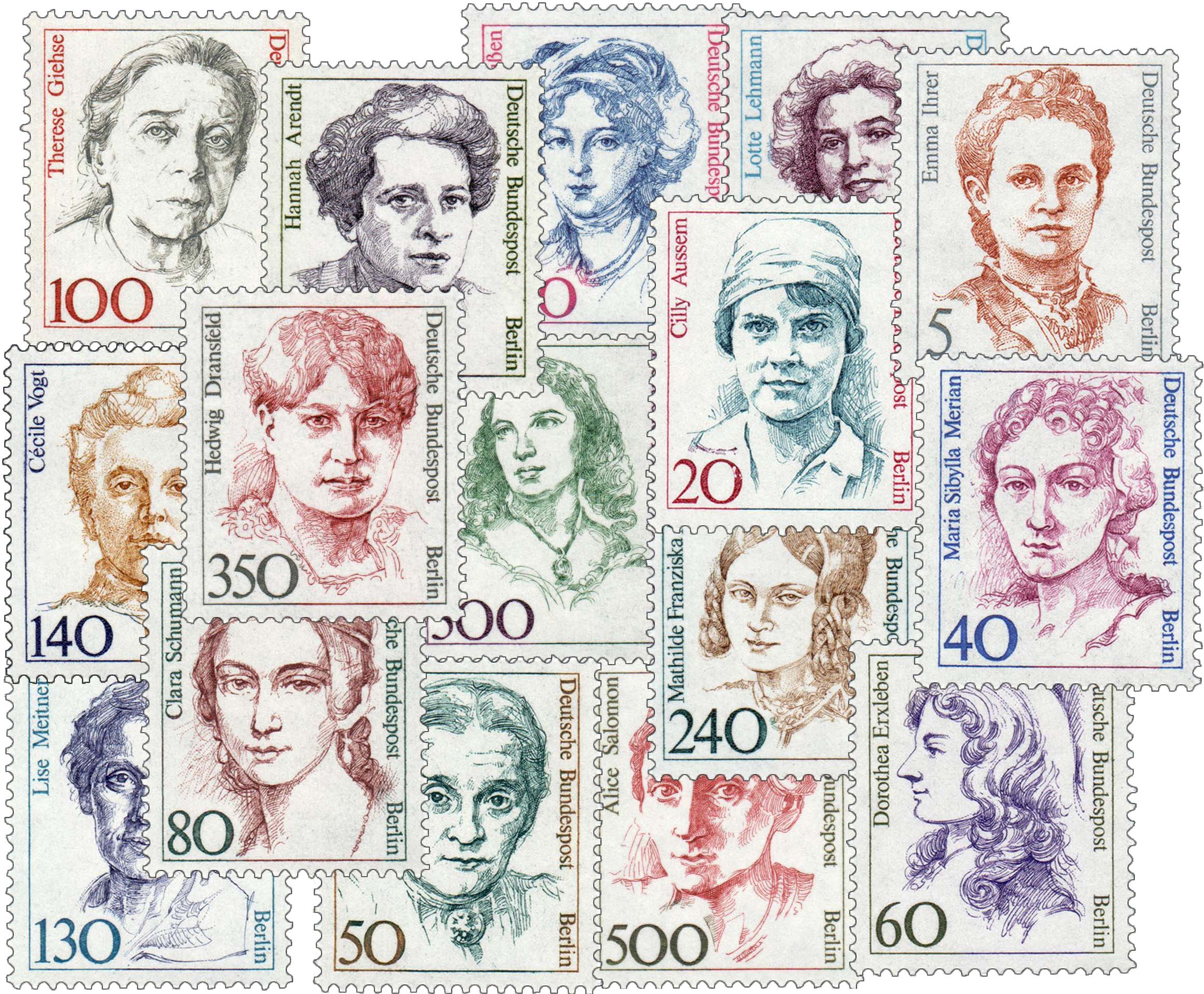
Many years after her death, three butterflies were named after Merian – the split-banded owlet butterfly (Opsiphanes cassina merianae), a subspecies of the common postman butterfly (Heliconius melpomene meriana), and the rare Catasticta sibyllae. There’s also the Cuban sphinx moth (Erinnyis merianae), a bug (Plisthenes merianae), a genus of mantises known as Sibylla, the orchid bee (Eulaema meriana), the spiders Avicularia merianae and Metellina merianae, a tegu lizard (Salvator merianae), a toad (Rhinella merianae), a snail (Coquandiella meriana), the African stonechat bird (Saxicola torquatus sibilla), as well as a genus of flowering plants (Meriania) and the iris-like plant Watsonia meriana.
U.S. # 4960
2015 70¢ Vintage Tulip
Weddings Series
The tulip was chosen for the 2015 Weddings two-ounce stamp because it is a traditional declaration of devotion. This stamp was issued for use on wedding invitations and greeting cards that require extra postage. A coordinating Vintage Rose Forever stamp was also released for use on wedding RSVP cards and thank you notes.
Often emerging even before the last winter snow has melted, tulips are true messengers of spring. In ancient Turkey and Persia, tulips represented perfect love. Different colors were associated with various depths of love from true romantic feelings to cheerful thoughts of friendship.
Value: 70¢ 2-ounce rate
Issued: February 14, 2015
First Day City: Riverside, CA, at the American Philatelic Society Ameristamp Expo
Type of Stamp: Definitive
Method: Intaglio printing in sheets of 240, with 12 panes of 20
Perforation: Serpentine Die Cut 11
Self-Adhesive:
Quantity Printed: 30,000,000 stamps
Jeanne Greco designed the Vintage Tulip stamp using drawings from engraved plates made by Maria Sibylla Merian (1647-1717), a naturalist artist. Greco added a small, dark red heart for a touch of color. This stamp was printed using engraving, unlike most modern stamps that are lithographed.
The Vintage Tulip and coordinating Vintage Rose (U.S. #4959) stamps are the 2015 addition to the popular Weddings series, which began in 2004. The stamps are issued in pairs with one stamp fulfilling the first-class mail rate and the other the two-ounce rate.
Birth of Maria Sibylla Merian

Naturalist and artist Maria Sibylla Merian was born on April 2, 1647, in Frankfurt-am-Main, Germany. Merian spent her life studying insects and plants and capturing them in beautifully detailed paintings and drawings.
Merian’s father was an engraver and publisher, but he died when she was three. Her mother remarried artist Jacob Marrel in 1651 and he encouraged her to paint and draw. When she was 13, Merian did her first painting of plants and insects based on live specimens she collected. She was fascinated by caterpillars and collected all she could find so she could witness how they changed into beautiful butterflies and moths.

Merian married her stepfather’s apprentice, Johann Andreas Graff, in 1665 and they moved to Nuremberg in 1670. She continued to paint and design embroidery. She also gave drawing lessons to the daughters of wealthy families. This helped raise her social standing while also giving her access to some of the area’s finest gardens, where she could continue to collect and study insects.

While other female artists included insects in their paintings of flowers, few others bred or studied them like Merian did. She published her first book on insects in 1679, which focused on their metamorphosis. At the time, little was known about this process. Some people wrote about it, but most people believed they were “born of mud” – having been born spontaneously. Merian’s research refuted this and explored the life cycles of 186 different species of insects.
In the 1680s, Merian moved to Friesland, the Netherlands for a time before settling in Amsterdam in 1691. She and her husband divorced in 1692 and she supported herself and her daughters by selling her flower paintings. After selling 255 of her own paintings, she raised enough money to travel to Suriname, where she planned to spend five years studying new species of insects.

Merian arrived in Suriname in September 1899. She travelled around the country, studying and drawing all the local plants and animals she could find. She also made several observations about the life and culture there. Merian condemned the colonial merchants use of slaves. They also mocked her for her course of study, and she thought it odd that they only wanted to plant and export sugar. Merian enjoyed exploring the agriculture there and illustrated some of the fruits and vegetables she found there, including pineapples.

Merian fell ill in June 1701 and had to cut her trip short. She returned to the Netherlands and opened a shop where she sold specimens and her artwork. In 1705, she published a book about her time in Suriname. Marian suffered a stroke in 1715, but continued to work until her death on January 13, 1717. Her daughter published a collection of her work after her death.

Many years after her death, three butterflies were named after Merian – the split-banded owlet butterfly (Opsiphanes cassina merianae), a subspecies of the common postman butterfly (Heliconius melpomene meriana), and the rare Catasticta sibyllae. There’s also the Cuban sphinx moth (Erinnyis merianae), a bug (Plisthenes merianae), a genus of mantises known as Sibylla, the orchid bee (Eulaema meriana), the spiders Avicularia merianae and Metellina merianae, a tegu lizard (Salvator merianae), a toad (Rhinella merianae), a snail (Coquandiella meriana), the African stonechat bird (Saxicola torquatus sibilla), as well as a genus of flowering plants (Meriania) and the iris-like plant Watsonia meriana.








